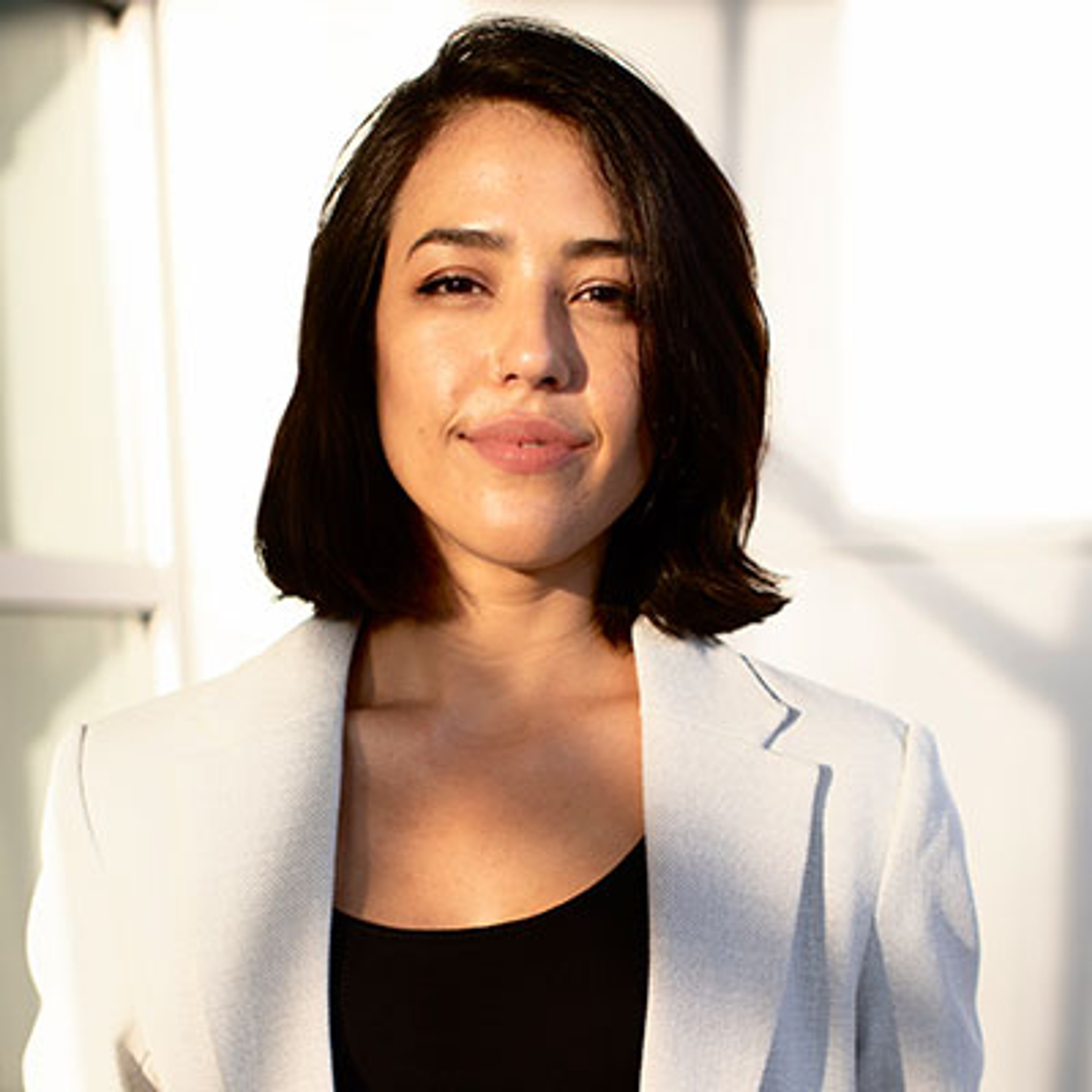Lois Rosson

Dr. Lois Rosson is a continuing Berggruen Institute Fellow. She received her Ph.D. from the History Department at U.C. Berkeley in 2022, where she specialized in the History of Science. Her current book project, How to Paint Space: Image and Authority in the American Space Age, examines the impact of mid-century astronomical illustration on perceptions of space landscapes in both the popular and scientific imaginaries. Rosson was previously a Guggenheim Fellow at the Smithsonian’s National Air and Space Museum, a research associate at Lawrence Livermore National Lab, and holds the 2023 – 2024 Octavia E. Butler Fellowship at the Huntington Library.
Rosson is co-leading the development of alternative histories of outer space by leading scholars for the project Life, Otherwise. She is also contributing to the project What Will Life Become?